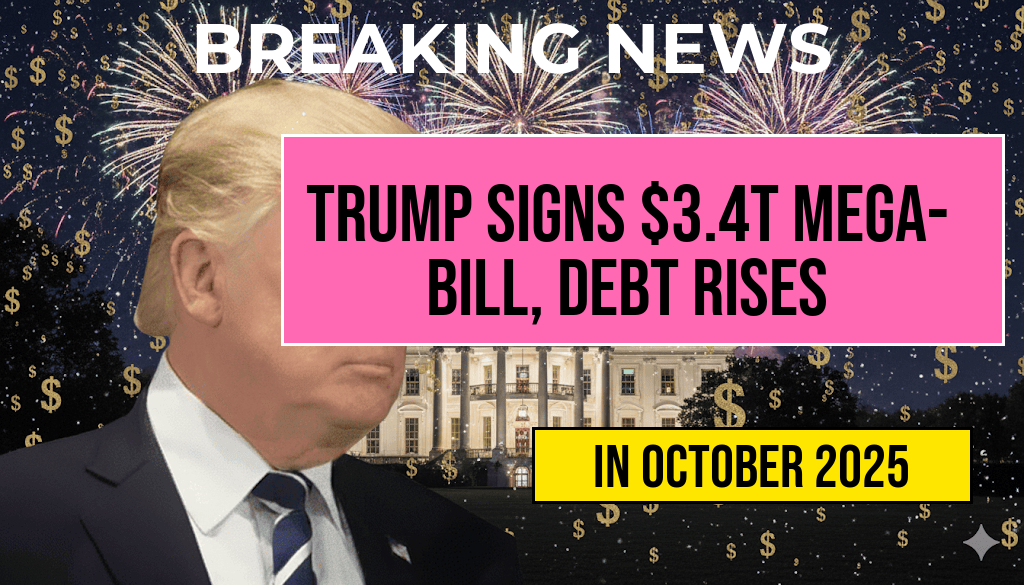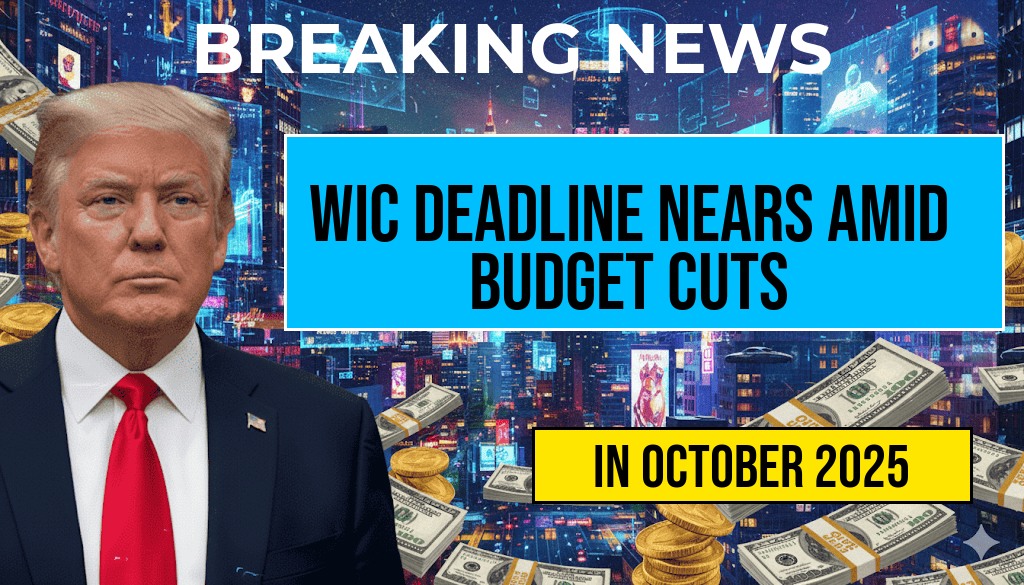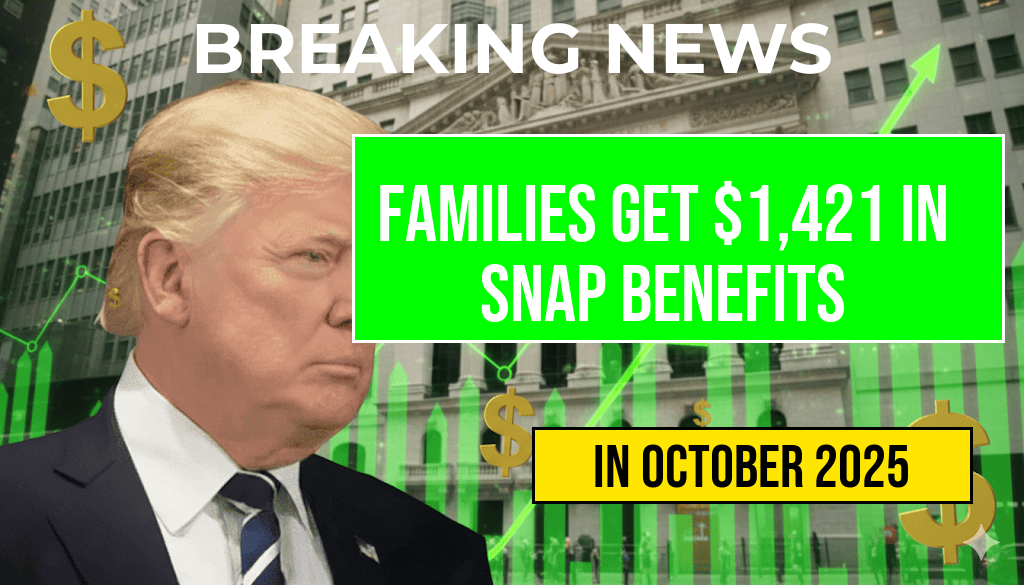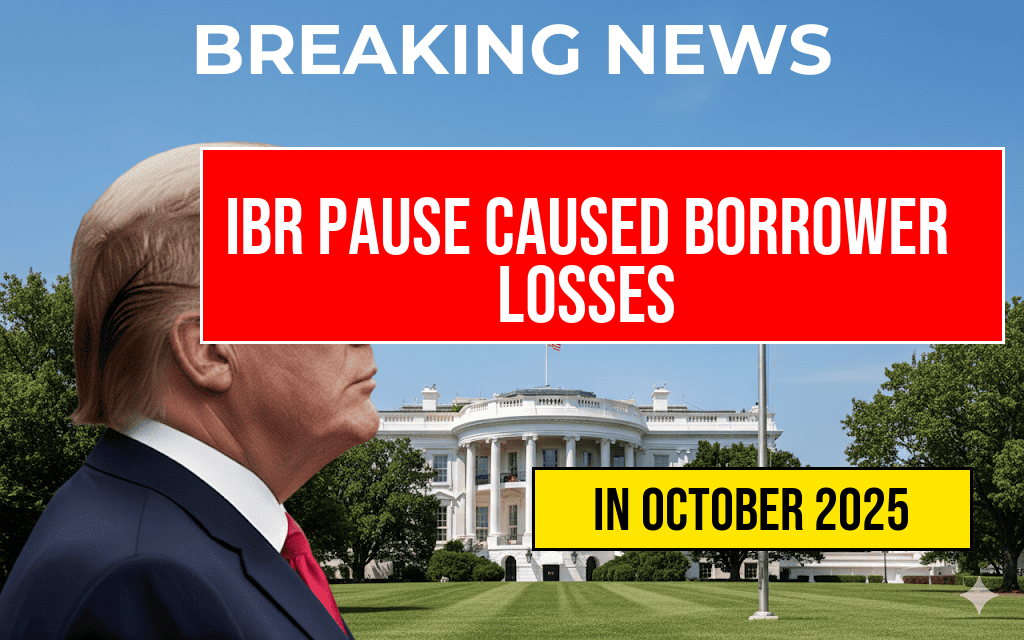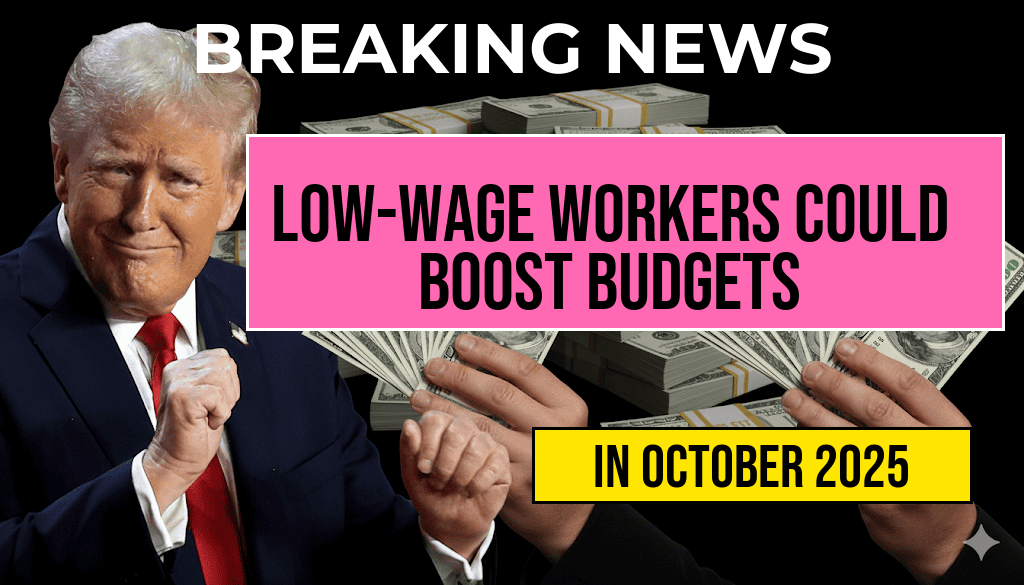President Donald Trump has signed into law a sweeping $3.4 trillion federal appropriations bill, a move that significantly expands the nation’s debt by approximately $4 trillion due to the bill’s provisions and borrowing assumptions. The legislation, which encompasses funding for government agencies through the upcoming fiscal year, has sparked debate over fiscal responsibility amid rising national debt levels. Notably, Trump emphasized that the bill includes a provision promising no tax on tips, aiming to address concerns from service industry workers. As lawmakers and economic analysts scrutinize the implications, the legislation underscores ongoing tensions between government spending priorities and long-term fiscal sustainability.
Details of the Mega-Bill and Its Financial Impact
Scope and Components of the Legislation
- The $3.4 trillion appropriations bill covers defense, healthcare, infrastructure, education, and emergency relief programs.
- It extends funding for existing programs through September 2024, preventing government shutdowns.
- The legislation allocates additional resources for disaster recovery, climate initiatives, and technology modernization.
Projected Increase in National Debt
| Legislation Cost | Additional Borrowing | Total Debt Increase |
|---|---|---|
| $3.4 trillion | $4 trillion | $4 trillion |
Analysts highlight that the bill’s borrowing assumptions include projected deficits, which contribute to the overall debt increase. The Congressional Budget Office (CBO) estimates that the federal debt will surpass $36 trillion by the end of 2024 if current spending patterns persist, with this legislation playing a notable role in that trajectory (CBO report).
Political Reactions and Public Discourse
Support and Advocacy
- Proponents argue that the bill is essential for maintaining government operations and supporting economic recovery post-pandemic.
- Lawmakers from both parties emphasize the importance of funding crucial sectors like healthcare and infrastructure.
- President Trump highlighted the bill’s commitment to protecting tip income, stating it safeguards service workers’ earnings.
Criticism and Concerns
- Opponents warn that increasing the national debt could burden future generations and exacerbate inflationary pressures.
- Fiscal watchdogs have expressed skepticism about the sustainability of such large-scale borrowing amidst a fluctuating economic landscape.
- Some critics question whether the bill allocates funds efficiently, citing concerns over earmarks and federal waste.
Tax Policy Highlights: No Tax on Tips
Legislative Commitments and Implications
One of the notable features of the bill is a pledge by President Trump to prevent any new taxation on tips earned by service industry workers. This provision aims to protect low- and middle-income Americans who rely heavily on gratuities, including waitstaff, bartenders, and delivery personnel. The administration asserts that this measure supports economic stability for workers in sectors vulnerable to wage fluctuations.
Context and Industry Response
Tax policy experts point out that tips have historically been subject to federal income taxes, with some proposals suggesting reforms to tip reporting and withholding. The commitment to maintain tip tax exemptions aligns with broader efforts to reduce tax burdens on hourly workers. Industry groups have expressed relief, emphasizing that tip-based incomes are crucial for their livelihoods amidst rising inflation and living costs.
Broader Economic and Fiscal Outlook
Long-Term Fiscal Challenges
The recent legislation reflects a broader trend of increased government spending, raising questions about fiscal discipline and deficit control. Economists warn that sustained deficits could lead to higher interest payments, crowding out private investment, and potentially fueling inflation.
Government Borrowing and Market Dynamics
With Treasury yields already on the rise, additional borrowing requirements may further influence interest rates and investor confidence. The U.S. debt market remains sensitive to legislative and policy signals, with some analysts calling for more balanced approaches to fiscal management (U.S. public debt overview).
Looking Ahead
The signing of the $3.4 trillion mega-bill marks a significant legislative milestone, reflecting the priorities of current policymakers amid ongoing debates over fiscal responsibility. While the immediate focus is on funding essential government functions and supporting economic recovery, the long-term implications of increased borrowing remain a central concern for analysts, lawmakers, and the public alike. As the nation navigates these fiscal developments, the balance between economic growth and debt sustainability will likely dominate policy discussions in the months to come.
Frequently Asked Questions
What is the main purpose of the $3.4 trillion mega-bill signed by Trump?
The mega-bill aims to fund various government initiatives and programs, significantly increasing the national debt by approximately $4 trillion.
How does the bill impact the national debt?
The bill results in an increase of about $4 trillion in the national debt, reflecting the extensive spending provisions included in the legislation.
Does the bill include any provisions related to taxes on tips?
Yes, Trump promises no tax will be levied on tips as part of this legislation, addressing concerns from service workers and related industries.
What are the implications of the increased debt for the economy?
The additional $4 trillion debt could have long-term economic implications, including potential impacts on interest rates, fiscal stability, and public debt sustainability.
How does this bill align with Trump’s fiscal policies and promises?
While the bill increases government spending and debt, Trump emphasizes that it maintains a no tax on tips, aligning with his promises to protect individual income and small workers.

